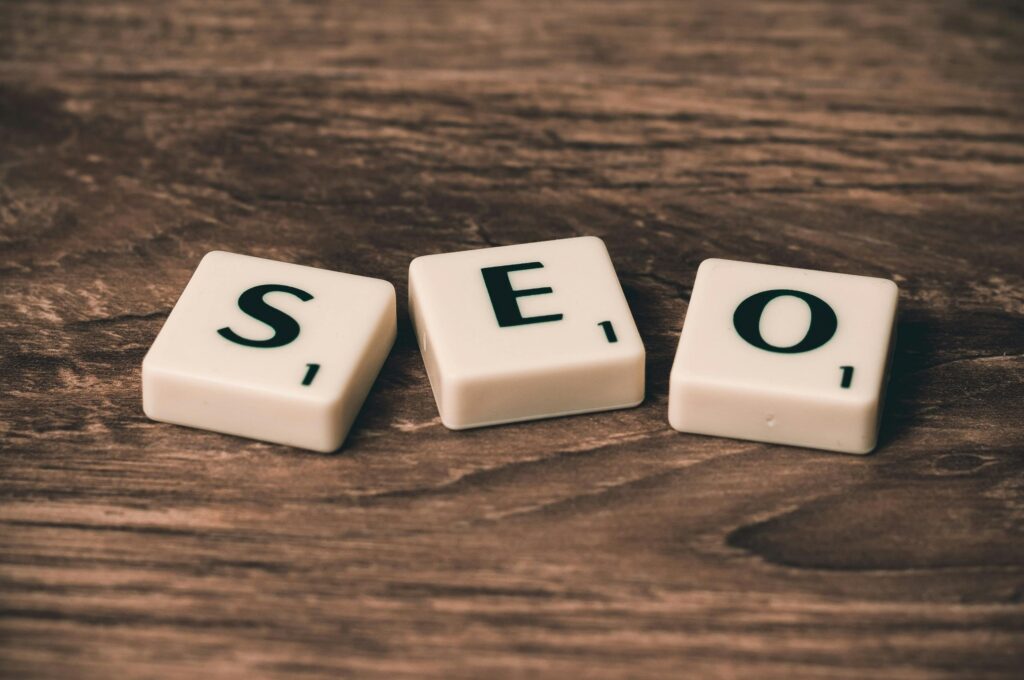Introduction:
Increase Website Speed : Website performance is one of the most critical factors affecting SEO and user experience. Slow-loading sites frustrate users and result in higher bounce rates. Optimizing your website’s speed is essential to improve rankings on search engines like Google.
Key Techniques:
- Minimize HTTP Requests: Reduce the number of HTTP requests by combining CSS and JavaScript files, using CSS sprites, and simplifying the design. Fewer requests mean faster loading times.
- Leverage Browser Caching: Store elements of your website on users’ local devices to speed up subsequent visits. This is especially useful for frequent visitors.
- Optimize Images: Compress images and use modern formats like WebP to reduce file sizes without compromising quality. Ashinth.me, for example, could showcase high-quality portfolio images while ensuring fast loading.
- Lazy Loading: Implement lazy loading to delay the loading of off-screen content until the user scrolls to it. This can significantly reduce initial load times.
- Use a CDN (Content Delivery Network): CDNs distribute your site’s content across multiple servers around the world, reducing the distance data needs to travel and improving load times for users regardless of location.

Fast websites are rewarded by search engines. Google’s Core Web Vitals prioritize page speed and user experience, so optimizing your site will lead to higher rankings and better user satisfaction.
Conclusion:
Improving website speed is not only good for user experience but also for SEO. Fast-loading pages reduce bounce rates, improve engagement, and ultimately lead to higher conversions.
Check out these tips for website speed optimization to improve loading times and boost SEO.
